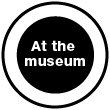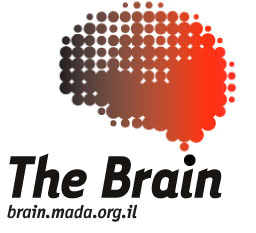


 |
|||||||
|
Illusions - Mind-boggling!
The renewed exhibition opens March 2014 Illusions are surprising, intriguing, and fun. They also give us a peek into the amazing principles that determine how our brain works. Illusions are formed when what we perceive differs from what really exists. The most common illusions are optical, but there are also auditory (sound) and tactile (touch) illusions. Illusions are formed because perception is a dynamic process controlled by the brain; it is not a simple "photograph" of reality. The brain and sense organs analyze information coming from the environment, and they focus on whatever best preserves and utilizes the brain's pre-existing knowledge about the world. The brain gets the information from the senses, processes it, and combines different types of information from different senses. It can ignore some details and emphasize others, and it can even change the sensitivity of the sense organs. What all this means, simply put, is that the relationship between perceived reality and actual reality is quite complex. We're not usually aware of illusions that take place in our daily lives. Brain researchers isolate and exaggerate conditions that produce illusions in order to learn about how the brain functions. The exhibition presents four categories of illusions:
"Illusions" is one of a series of exhibitions on the brain, with the key exhibit scheduled to open in 2008. For opening hours and ticket prices, click here  Curator and Developer: Dr. Oren Shriki; Dr. Amir Ben-Shalom
|
|||||||

In cooperation with: |
||
With assistance by: |
||
With the support of: |




